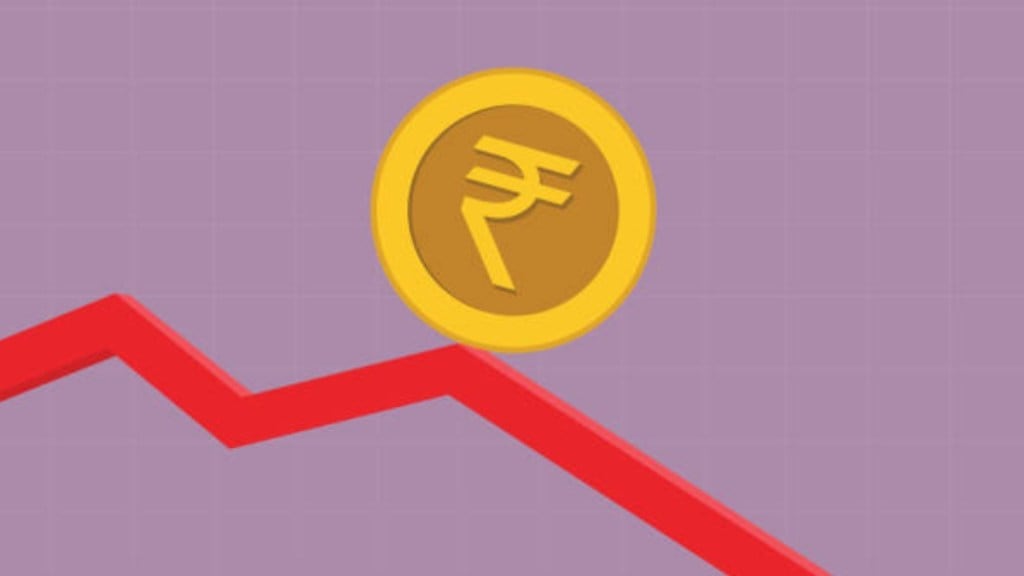Prices of TVs, washing machines, air conditioners and refrigerators may go up by at least 5% as the rupee continues to depreciate. This is because companies import at least 30-40% of key parts from countries such as China, Vietnam and Thailand, pushing up the landed cost of goods when the rupee falls.
The price hikes, however, are likely to come in post Budget, by March, after taking into account budgetary sops as well as commodity and currency headwinds. The reason for the hesitation is linked in part to demand conditions, which remain weak within the consumer durables industry right now.
“The weakening rupee is a cause for concern for most players. This is also happening at a time when demand trends are tepid. While we will hold price lines for now, it will be difficult to do so, if the rupee continues to weaken. We see at least a 4-5% hike in premium products and 2-3% in entry-level items by March,” says NS Satish, president, Haier Appliances.
“We do see at least a 5% hike in smart TVs, which could kick in by March if the rupee continues to slide,” said Pallavi Singh, senior vice president, Super Plastronics, a consumer durables manufacturer.
For perspective, the rupee has fallen nearly 3% over the last three months. And the trend is likely to continue for now, experts said, as geopolictical issues, trade wars and a global slowdown weigh on the dollar. While a decline in base metals has cushioned the impact of the falling rupee for now, this is a temporary relief, experts said.
“Commodity prices are softening but the rupee is hardening. These are divergent trends that are playing out at the moment. We will review the situation in about 15 days to a month to decide on pricing action,” said Kamal Nandi, business head and executive vice-president, Godrej Appliances.
Companies typically import the compressors for air conditioners and refrigerators, panels for TV sets and motors for washing machines. Though localisation efforts in the last few years have ensured that the percentage of imported components within products have halved (30-40%) from 60-70% earlier, key parts still tend to come from abroad, experts said.
Sales of cooling products will begin in March in markets such as the south and some parts of the west. The summer season in the north will begin by April, implying that price hikes during the summer season may hurt demand.
